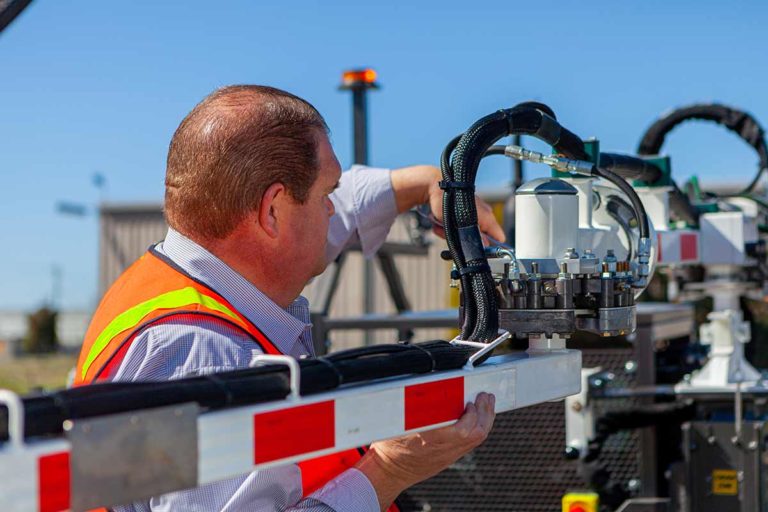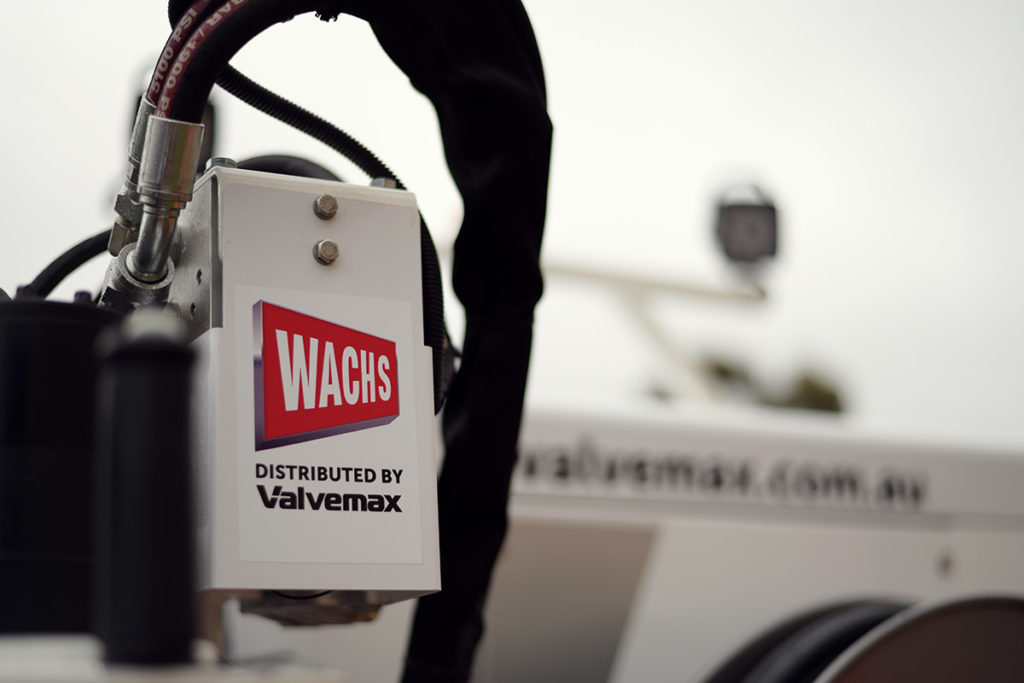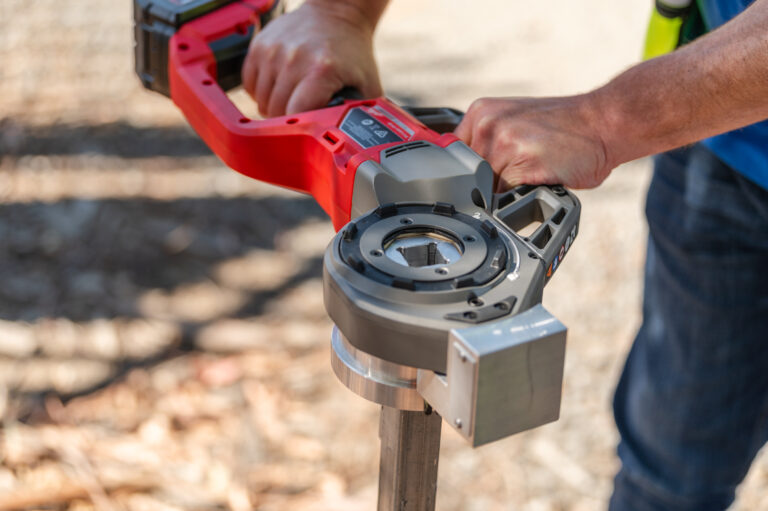The specialist technicians at Valvemax are trained to assist you to streamline maintenance tasks to ensure water systems are operating at their highest performance levels. We support proactive water control to prevent deficiencies in water distribution systems for consumers while ensuring operator safety.
The Recommended Process For Exercising Valves Is:
- Start with a steady amount of torque in the direction necessary to close the valve, moving through five to 10 rotations.
- Reverse the valve for two or three rotations.
- Reverse again and rotate five to 10 more turns in the closing direction.
- Repeat this procedure until full closure is attained.
- Once the valve is fully closed, it should be opened a few turns so that high-velocity water flowing under the gates can move the remainder of the sediment downstream with more force and clear the bottom part of the valve body for seating.
- Fully close the valve again.
The reason for a cautious approach to valve exercising is that debris and sediment often build up on the gates, stem, and slides. If this material is compacted while the valve is being closed, the torque required to close the valve continues to build as the material is loaded.
The process outlined above ‘scrubs’ the stem and other parts by the series of back-and forth motions, and water in the system can flush the debris that has broken loose away from the stem gate and slides or guides. It is a good idea to open a nearby fire hydrant to flush the debris that is being cleaned from the gate valves.
Tips For Operating Valves Include:
- Don’t force the valve.
- Don’t be in a hurry.
- Use the lowest torque (turning force or rational force) setting possible.
- Avoid using a cheater bar (a handle extension that allows for greater torque).
- A cheater bar should only be used in emergencies.
- Do not close the valve on the first cycle.
- If and when the valve is nice and free, turn it slowly to avoid water hammer. If you open or close a valve too fast the line could rupture.
- Listen closely. Sometimes you can hear the flow change when operating a valve. This will help determine if the valve is moving.
- Because debris can be stirred up during valve exercising, notify the public before starting the process. This will keep the dirty water complaint calls down.
- Consider doing your flushing program at the same time as your exercising program.
- Always count your turns down and up. They should match.





